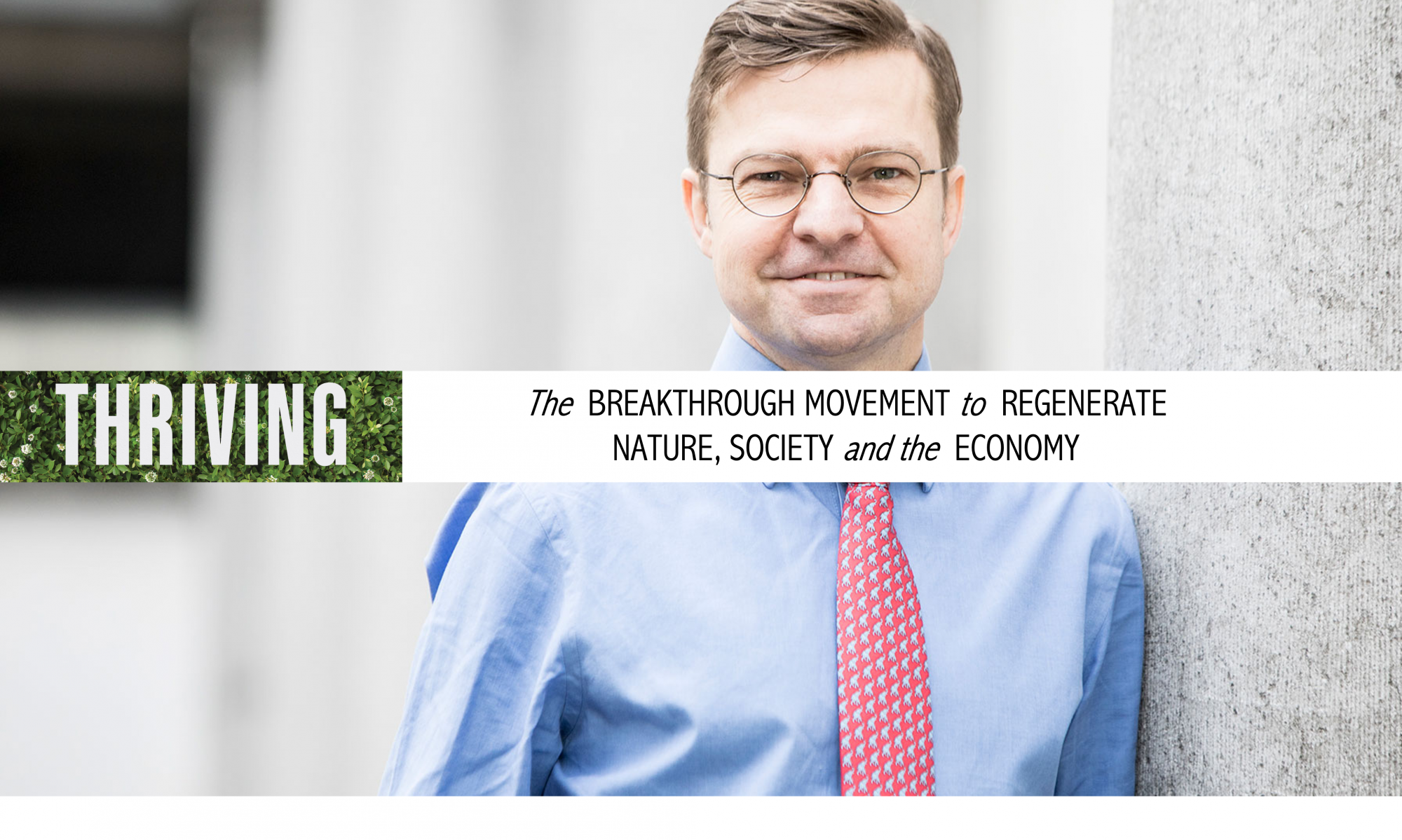Corporate Social Responsibility:
An Agenda for the Future
Article by Wayne Visser
This article deals with the crucial debate that is beginning to emerge about corporate social responsibility (CSR), which acknowledges that the sophistication of stakeholder challenges and corporate responses has gone up a gear, but questions whether CSR itself is too little too late, or even a red herring.
Developing the Agenda
Geographically, there has been a recent emphasis on the challenges of corporate citizenship in the developing world, including issues of the Millennium Development Goals (MDGs) and the “Bottom of the Pyramid” concept about servicing lower income markets, and CSR in the Pacific Rim, the Middle East, Eastern Europe and Africa. We think this focus accurately portrays the current shift in CSR concerns towards the global South, where despite the scale and urgency of development needs, determining the best way for business to respond to poverty remains extremely complex.
Although the Asian tsunami disaster in December 2004 focused attention on humanitarian relief efforts, which many companies contributed to, it is also encouraging to see corporate leaders engaged in a wider discussion about how normal business influences the poor and disadvantaged around the world and what business models could be more supportive of development. However, our analysis is that current debates about the opportunities for corporate contributions to the MDGs often lack a full understanding of processes of “development”.
Much of the profitable business with lower-income markets involves products such as mobile phones, not the provision of basic nutrition, sanitation, education and shelter, so the current expansion of profitable business in the global South does not necessarily imply poverty reduction. In addition, the type of development that is promoted by marketing consumer products to the poor can be questioned, and claims about empowering people by providing means for them to consume cannot be taken at face value. The environmental impacts of changing consumption patterns also need to be looked at, without assuming that such problems will be solved just through technical and financial advancement. And we need to assess, if more foreign companies do come to serve lower income markets, might they not displace local companies and increase the resource drain from local economies?
Exploring Relationships
How large corporations might bring their financial, technical and management resources to help local entrepreneurs improve and scale their businesses, and avoid exploitative local middlemen, is important to explore and will become a significant part of the corporate responsibility agenda. However, exploitative North-South supply chains, tax avoidance, and anti-competitive practices are fairly typical of international corporations, undermining their economic contribution to development. These economic issues have been overlooked by mainstream work on corporate responsibility, and we suggest such economic issues will become more central in future.
From an institutional perspective, various relationships in the CSR debate have been critically examined, especially the status and acceptability of partnerships between business and NGOs on the one hand, and business and the UN on the other. This examination reflects a sharp rise in the demand for organisations to demonstrate their accountability and transparency, not only business, but NGOs and intergovernmental organisations as well. The ethics of institutional engagement is …
Continue reading
[button size=”small” color=”blue” style=”download” new_window=”false” link=”http://www.waynevisser.com/wp-content/uploads/2012/07/article_lifeworth_review_wvisser.pdf”]Pdf[/button] Corporate Social Responsibility (article)
Related websites
[button size=”small” color=”blue” style=”tick” new_window=”false” link=”http://www.csrinternational.org”]Link[/button] CSR International (website)
[button size=”small” color=”blue” style=”info” new_window=”false” link=”http://www.waynevisser.com/books/business-frontiers”]Page[/button] Business Frontiers (book)
Cite this article
Adapted from: Visser, W. & Bendell, J. (2005) Introduction. Lifeworth Annual Review of Corporate Responsibility.
Share this page







